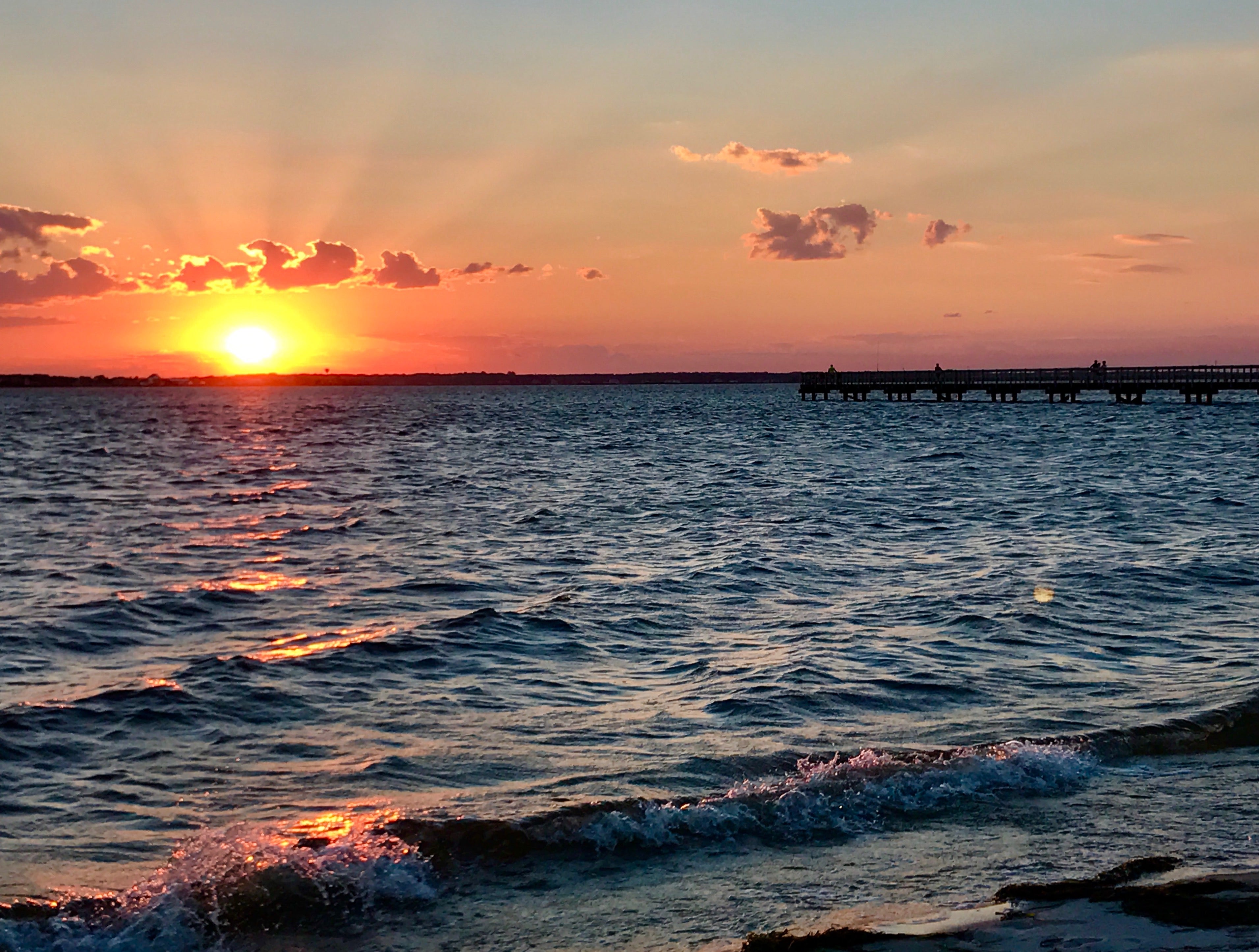5 things to know about the summer solstice

Hours away from the summer solstice Tuesday evening in South Seaside Park.
Summer officially began with the solstice at 12:24 a.m. Wednesday, and we’re now in the midst of the longest day of the year.
Here are five things to know about the summer solstice:
It’s all about the earth’s axis
Just after midnight Wednesday, the earth’s tilt toward the sun was at a maximum. During the summer solstice day, the sun appears at its highest elevation of the year, and the high noon position changes minimally for several days before and after, according to NOAA.
More from NOAA:
The summer solstice occurs when the sun is directly over the Tropic of Cancer, which is located at 23.5° latitude North, and runs through Mexico, the Bahamas, Egypt, Saudi Arabia, India, and southern China. For every place north of the Tropic of Cancer, the sun is at its highest point in the sky and this is the longest day of the year.
It’s the longest day and shortest night of the year
Because the earth’s tilt the northern hemisphere gets most of the sunshine.
So it’s no surprise that it’s also the longest day and shortest night of the year in New Jersey. In Long Beach Island, the sunrise came at 5:29 a.m. and will set at 8:27 p.m.
The further north you head to the North Pole, the longer the day gets. Areas around the Arctic Circle have 24 hours of sunlight during the summer solstice day.
But in the southern hemisphere, it’s the winter solstice, or the shortest day and longest night of the year.
Even though the sun is at its highest elevation it isn’t typically the hottest day of the year
The warmest average temperatures in New Jersey don’t occur until mid-July. Even though the sun is at its highest elevation during the summer solstice day, it takes weeks for the warmest average temperatures to occur.
According to NOAA, the lag is due to the required time to head up ground and water, using the analogy of the warmest part of the day typically occurs several hours after noon.
It’s a celebration
Numerous cultures celebrate the summer solstice. In Egypt, the sun sets between the two Great Pyramids during the summer solstice, drawing crowds. And in Stonehenge, England’s ancient stone monument, the world’s most famous celebration includes a celebration marked by dancing and drumming. Locally, in New York City’s Times Square, celebrate by participating in an organized yoga practice in the streets.
Solstice, like many words, has Latin roots
“Solstice” is derived from the Latin words “sol” (sun) and “sistere” (to stand still). During the late Roman empire, the word “solstitium” was used.
WHYY is your source for fact-based, in-depth journalism and information. As a nonprofit organization, we rely on financial support from readers like you. Please give today.

